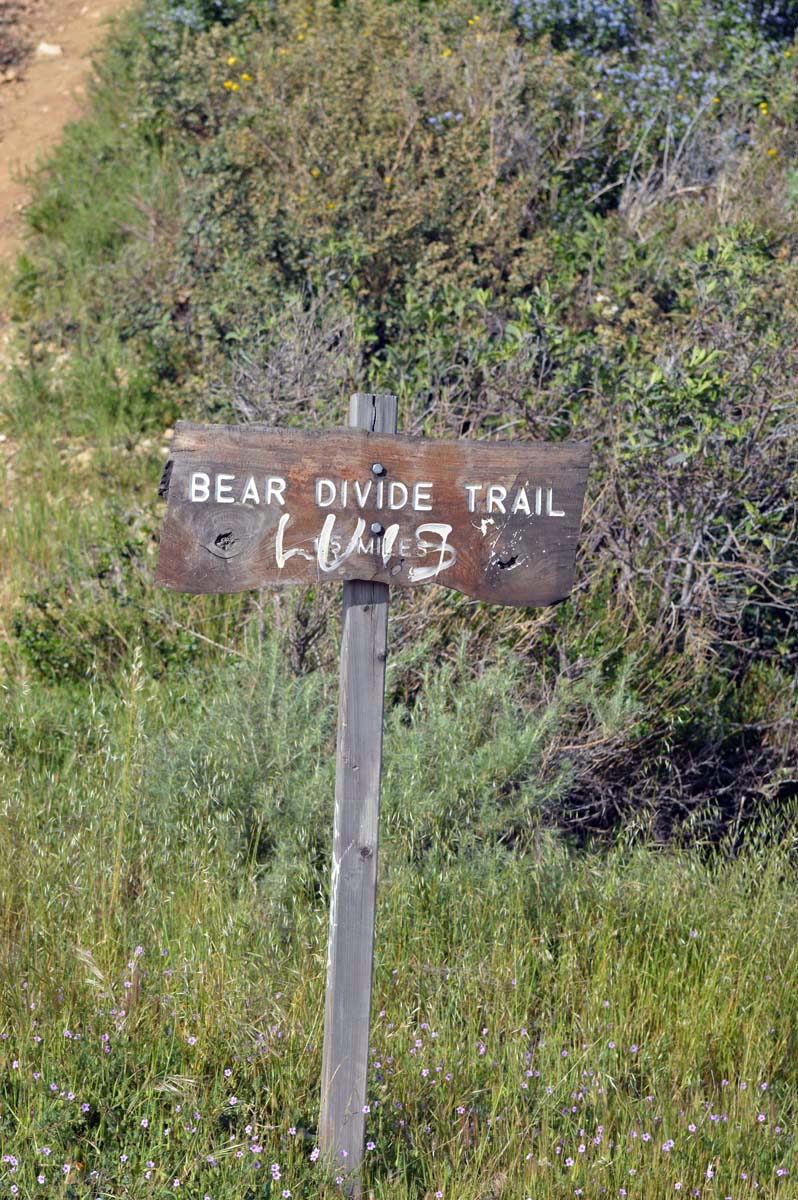A friend sent a poem this week that had me thinking ever since. I was riveted by the way it palpably conveys loss, the way it captures how pain can suddenly emerge in the most mundane situations, and the way it contains phrases that are incredibly well forged, “a noticeably notice-me-I’m-nature nature sound.”
There Are Plenty of Angels,
She Said in the LADIES
in the rest area LADIES on the road to
Terre Haute. Plenty of angels, she said again.
But not one, I’ve heard, not a single one
will mission to the fade as it does to the darkness.
A stall door latched. Her bag got hung.
Seen that sign, back west a ways?
The one on the warehouse, in a movie marquee?
Blessed Hope, it says. Blessed Hope, she said.
It’s meant to be a sign from heaven,
but hope’s, I’d say, more a human invention,
like freeways, she said. Funny word, she said.
They call ’em highways when you pay to ride ’em.
Mama’s buried off one in Missouri. Had her
forty years and forty days on earth.
And the day we did it was a noisy day,
all out-o’-doors like a day at the beach:
the tearin’ down sounds of the sun and the wind,
clouds and trees, grass and stones,
a noticeably notice-me-I’m-nature
nature sound. Mother never did care much
for nature. Enjoyed a sunset well enough
Those shameless ones like colored candy,
those ones can look like wall-to-wall
in a Cineplex foyer: pinks and purples, reds, she said.
It was so noisy, anyway, that day
even the birds shut up for once.
Or got their singin’ drownded out.
But I could hear when the box hit bottom:
Get on with it, is what it sounded like to me—
She had dried her hands on a paper towel—
I’m done here.
by Kathy Fagan
From The Paris Review, Issue no. 129 (Winter 1993)

I experienced a noticeably notice-me-I’m-nature nature view a few weeks ago, and was thinking that my own mother and paternal grandfather loved nature, as do my children and now the next generation who partook in the views of that day. Somehow that shared affinity softens loss, since you can always recall the joyful moments when you were inseparably linked in awe.

That morning we drove from Altadena, CA north into the San Gabriel mountains. Clouds of lifting mist weaved in and out of the valleys, giving the scenery a mysterious, fairy-tale look.


Ceanothus covered the hills in differing shades of blue, occasionally punctuated by yellow tree poppies that looked like sun confetti.


Our goal was the Bear Divide, a location on the Pacific Flyway, the north-south migratory route that connects Alaska to Patagonia for innumerable migratory birds. The San Gabriels provide both rest and food for the flocks, who tend to seek the specific passage way at the location that we drove to.


The corridor which allows passage at relatively high altitudes, was discovered by chance in the spring of 2016. Brought to the attention of the folks at the Moore Lab at Occidental College, a systematic monitoring of the migratory flocks started soon after. (Everything I learned, including the statistics, I found here.) In 2023 they counted 53,511 birds of 140 species from February to May, (the return trip for the birds seems to happen somewhere else) with some mornings as many as 20.000 birds recorded. The sheer variety is stunning.

The lab uses the help of citizen scientists, local birdwatchers and volunteers, to help with the observations. As it turned out, we chanced on a group of volunteers with the USFS who were netting and banding birds the very morning we arrived.


The nets are erected in the mornings and inspected every thirty minutes. They catch birds without harming them, who are then banded with a very light metal ring around a leg that provides numbers for scientists all over the world to report on flight routes, durations, survival.







The data reveal helpful information about birds’ responses to changes in environmental conditions and ecological shifts across the world. If that made me feel good, something else lifted my soul even more: seeing son and toddler rejoice beyond the sheer fascination with the procedures, sensing their appreciation of the world around us (if only lifting every single pebble or bug on the path as behooves a 14 month-old) reminded me of my own happiness during nature walks with my mother or my Opa. Little is lost. Much lives on.


Orange crowned warbler

Highway restrooms: I no longer fear you! When hope is met, who cares if it’s a human invention!

Music today from the Bowerbird Collective. The video alone is worth it.






P.Purcell
Beautiful. Thanks.
Sara Lee Silberman
Lovely piece and photos….